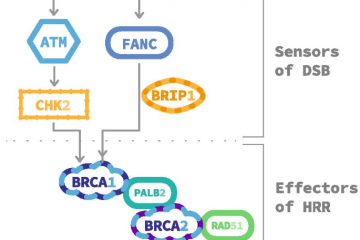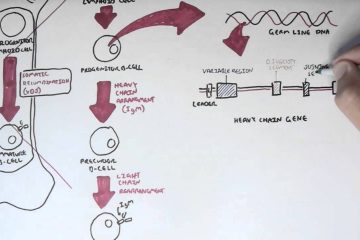DESCRIPTION
Amino Acid Sequence
General description
Application
Amyloid β Protein Fragment 1-40 has been used:
- in the temperature based conformational studies using Fourier transform infrared/differential scanning calorimetry (FT-IR/DSC) studies
- as a reference standard in sandwich-type enzyme immunoassay for quantifying amyloid A4 protein in cerebrospinal fluid of patients with head trauma
- as a component of embryonic stem cell medium to inhibit amyloid deposition in fibroblasts
Biochem/physiol Actions
Reconstitution
Other Notes

amyloid
Abstract
Alzheimer’s disease (AD) pathogenesis is widely believed to be driven by the production and deposition of the β-amyloid peptide (Aβ). For many years, investigators have been puzzled by the weak to nonexistent correlation between the amount of neuritic plaque pathology in the human brain and the degree of clinical dementia. Recent advances in our understanding of the development of amyloid pathology have helped solve this mystery. Substantial evidence now indicates that the solubility of Aβ, and the quantity of Aβ in different pools, may be more closely related to disease state. The composition of these pools of Aβ reflects different populations of amyloid deposits, and has definite correlates with the clinical status of the patient. Imaging technologies, including new amyloid imaging agents based on the chemical structure of histologic dyes, are now making it possible to track amyloid pathology along with disease progression in the living patient. Interestingly, these approaches indicate that the Aβ deposited in AD is different from that found in animal models. In general, deposited Aβ is more easily cleared from the brain in animal models, and does not show the same physical and biochemical characteristics as the amyloid found in AD. This raises important issues regarding the development and testing of future therapeutic agents.
[Linking template=“default“ type=“products“ search=“amyloid beta protein“ header=“3″ limit=“21″ start=“1″ showCatalogNumber=“true“ showSize=“true“ showSupplier=“true“ showPrice=“true“ showDescription=“true“ showAdditionalInformation=“true“ showImage=“true“ showSchemaMarkup=“true“ imageWidth=““ imageHeight=““]


